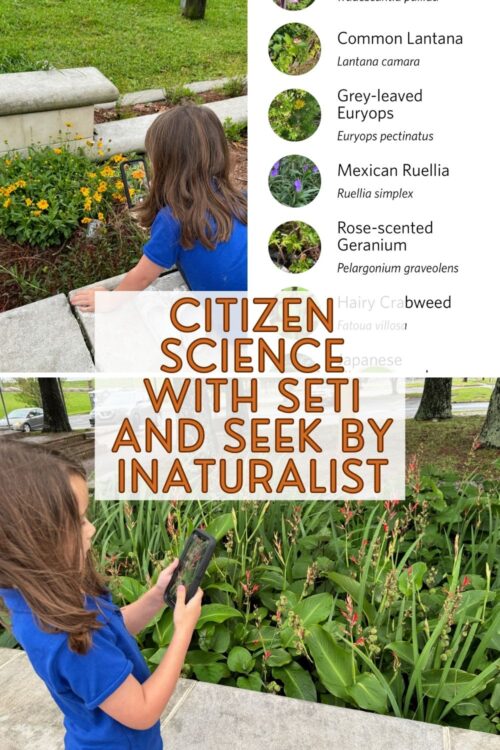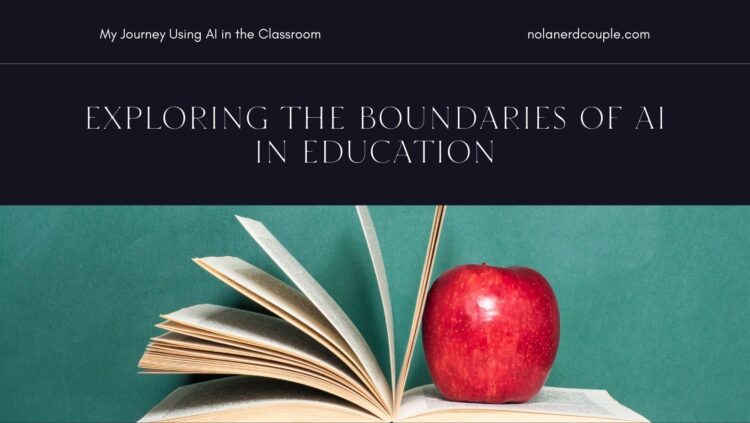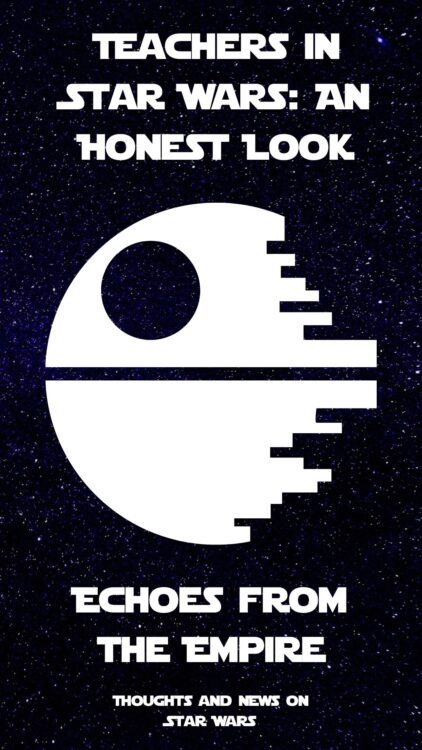As both teachers and parents, we’ve always been on the lookout for unique opportunities to blend education with real-life experiences. It’s about making learning interactive, engaging, and fun. Enter the realm of citizen science – a powerful tool that not only brings science to life but also allows us to contribute to scientific research from our backyards.
Today, let’s chat about two fascinating citizen science projects: the Search for Extraterrestrial Intelligence (SETI) and Seek by iNaturalist, a personal favorite in our household. We’ll also touch on how these platforms can spark a love for science and nature in our children, focusing on our own experiences with my curious 6-year-old.
The Wonders of Citizen Science and Seti
Citizen science involves public participation and collaboration in scientific research to increase scientific knowledge. With technology, citizen science projects have become more accessible, allowing anyone with a smartphone or computer to take part.
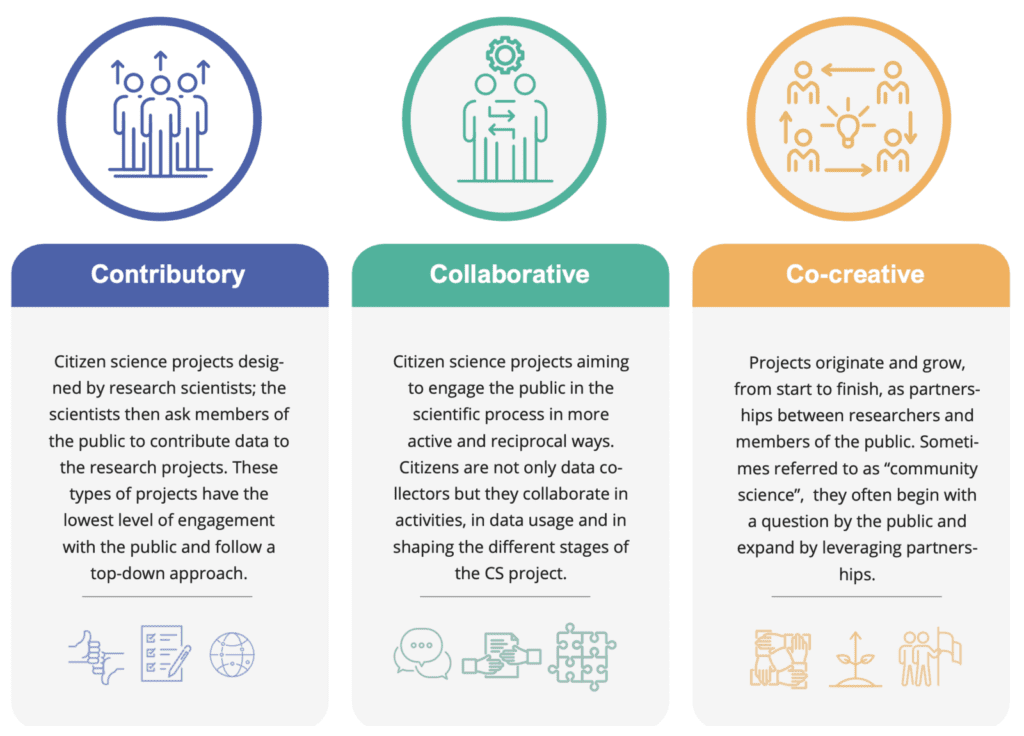
SETI, short for the Search for Extraterrestrial Intelligence, invites the public to help sift through data collected by telescopes. The goal? To find signals from civilizations beyond Earth. It’s a project that can make anyone’s imagination soar, thinking about the vastness of the universe and the possibility of other life forms. SETI utilizes citizen science primarily through projects that allow volunteers to donate their computer’s processing power to analyze radio signals for potential extraterrestrial communications.
Citizens participate by running a free program that sifts through massive amounts of data collected by telescopes, searching for unusual patterns or signals. This collective effort greatly expands SETI’s analytical capabilities by harnessing the power of thousands of personal computers worldwide, accelerating the search for intelligent life beyond Earth.
Discover the Natural World with Seek
Seek by iNaturalist, on the other hand, is a bit more down to Earth but equally thrilling. It’s an app designed to help identify the plants and animals around you. We found it when we bought our house, and we were trying to figure out the plants in the garden. By simply taking a photo with your smartphone, Seek provides you with information about the species and connects you with a global community of nature lovers and scientists.
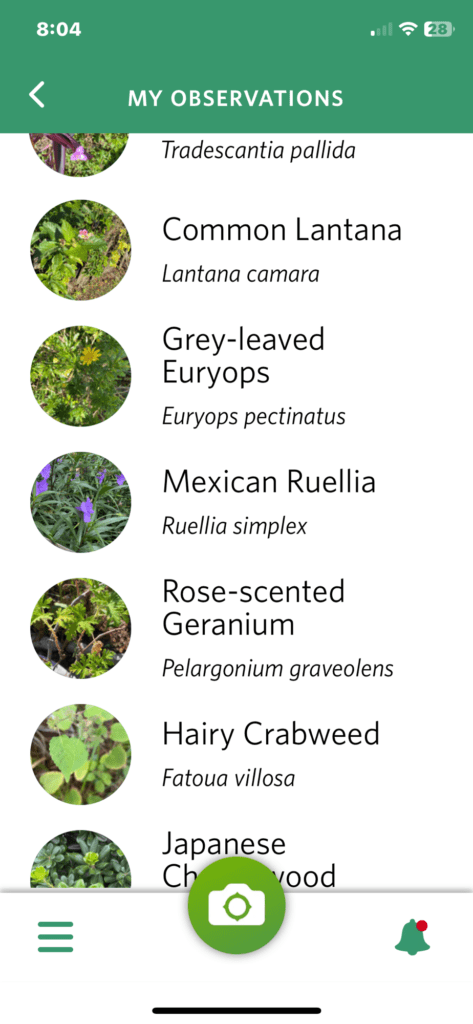
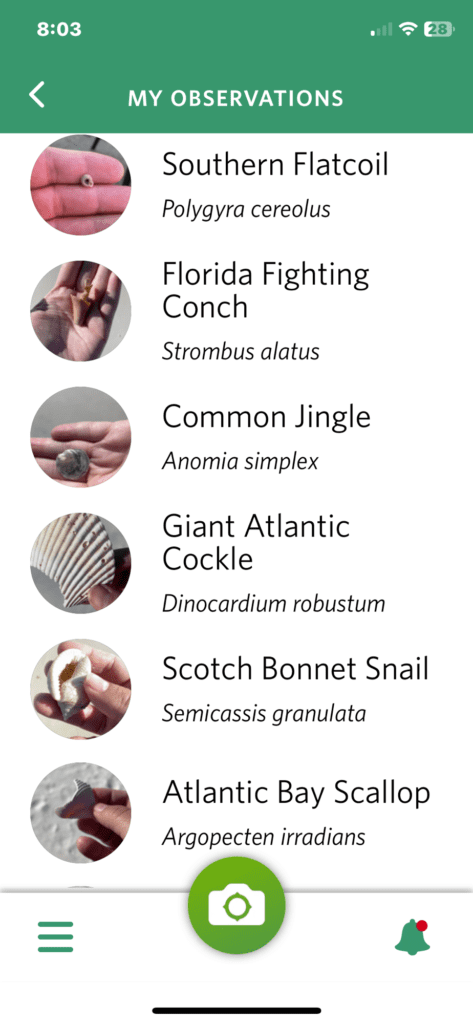
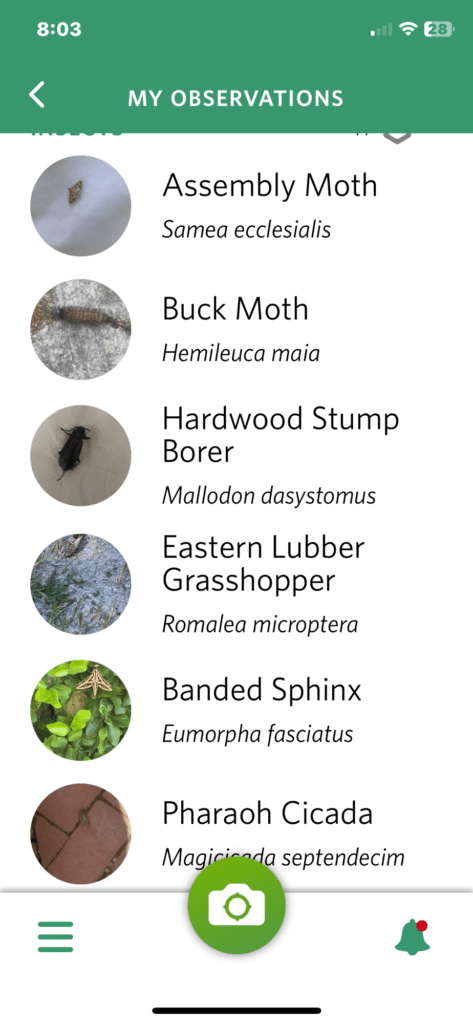
The Seek app harnesses citizen science to gather extensive data critical for biodiversity research. Users contribute by photographing flora and fauna, which helps scientists track species distribution, monitor biodiversity changes, and study environmental impacts such as climate change. The GPS-tagged photos enable detailed mapping and geographic analysis, aiding in conservation planning and ecological assessments.
Additionally, Seek engages the public in science education, increasing awareness and fostering a connection with nature. This collective input enhances scientific models and supports targeted research and conservation efforts, making it a valuable tool for both scientists and the community.
A Personal Journey with Seek by iNaturalist
Now, let’s talk about how my 6-year-old daughter and we explore the natural world with Seek by iNaturalist. It started with her fascination with the flowers and insects in our backyard. We then told her about the app. Now, if we are in a park and she sees a pretty flower, she asks to “Seek It!”


Seek transforms our outdoor adventures into a quest for knowledge. With each outing, our daughter becomes more observant and inquisitive. She learns to appreciate the diversity of life in even the smallest patch of green. It’s not just about identifying species; it’s about connecting with nature and understanding the importance of biodiversity.
Connecting the Dots: From Citizen Science to Lifelong Learning
The beauty of citizen science projects like SETI and Seek by iNaturalist lies in their ability to demystify science. They make the vast and the microscopic accessible to everyone, proving that science isn’t confined to laboratories or far-off galaxies; it’s all around us, waiting to be discovered.
For children, especially, these experiences are invaluable. They learn critical thinking, patience, and observation skills. They see firsthand the impact of their contributions to real scientific research. Most importantly, they learn that science is a living, breathing subject that touches every part of our lives.
As we navigate parenting and teaching in this digital age, it’s essential to leverage technology in ways that enrich our children’s learning. Citizen science projects like SETI and Seek by iNaturalist offer a perfect blend of education, technology, and fun, providing our little explorers with the tools they need to discover the world in all its wonder. Whether it’s identifying a new species in the backyard or pondering the mysteries of the universe, there’s no limit to where their curiosity can take them. And who knows? Perhaps in this process of exploration, we might just rediscover our sense of wonder too.
Read more of our teaching blogs!
About The Author
Discover more from NolaNerdCouple.com
Subscribe to get the latest posts sent to your email.

